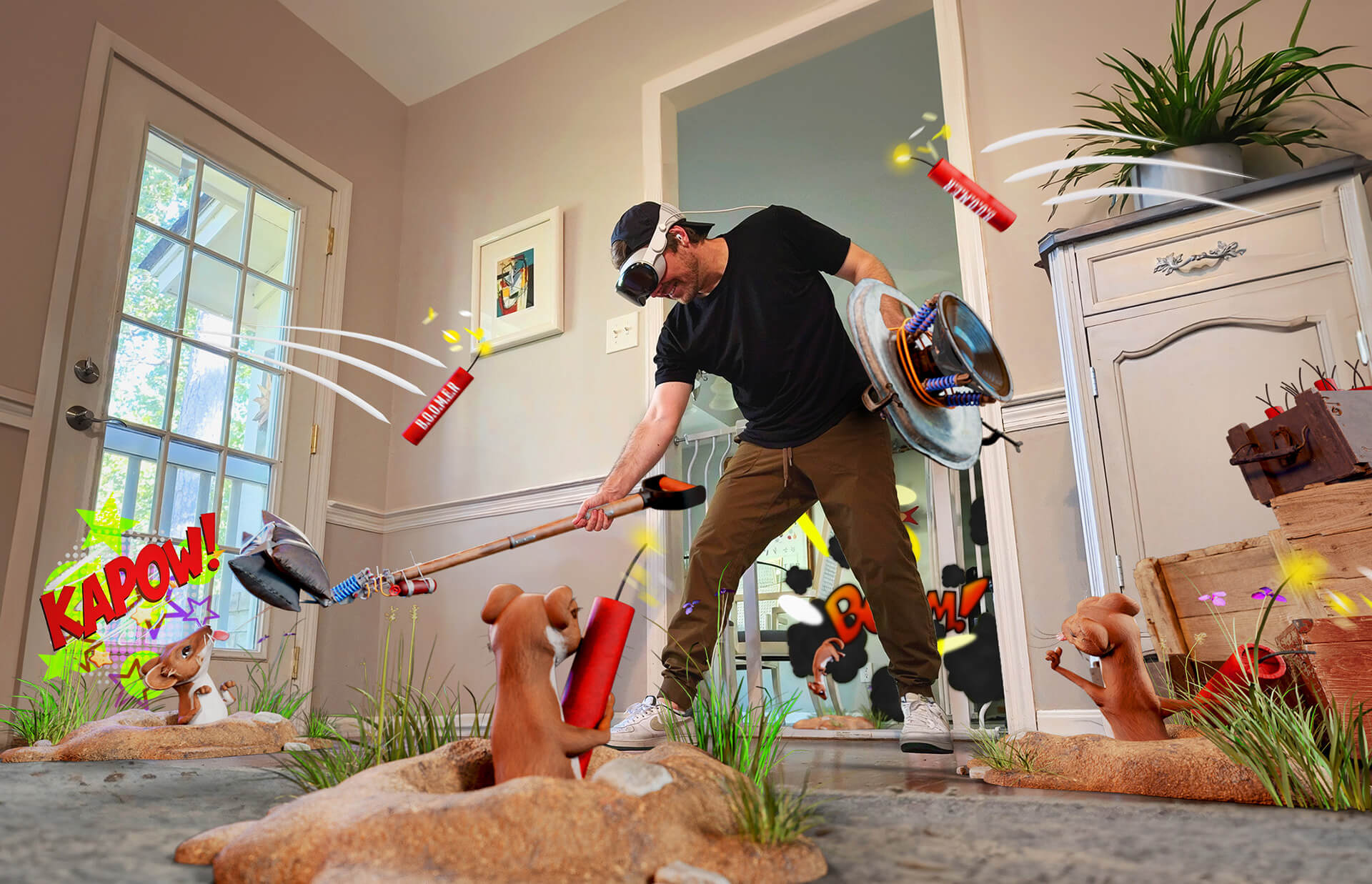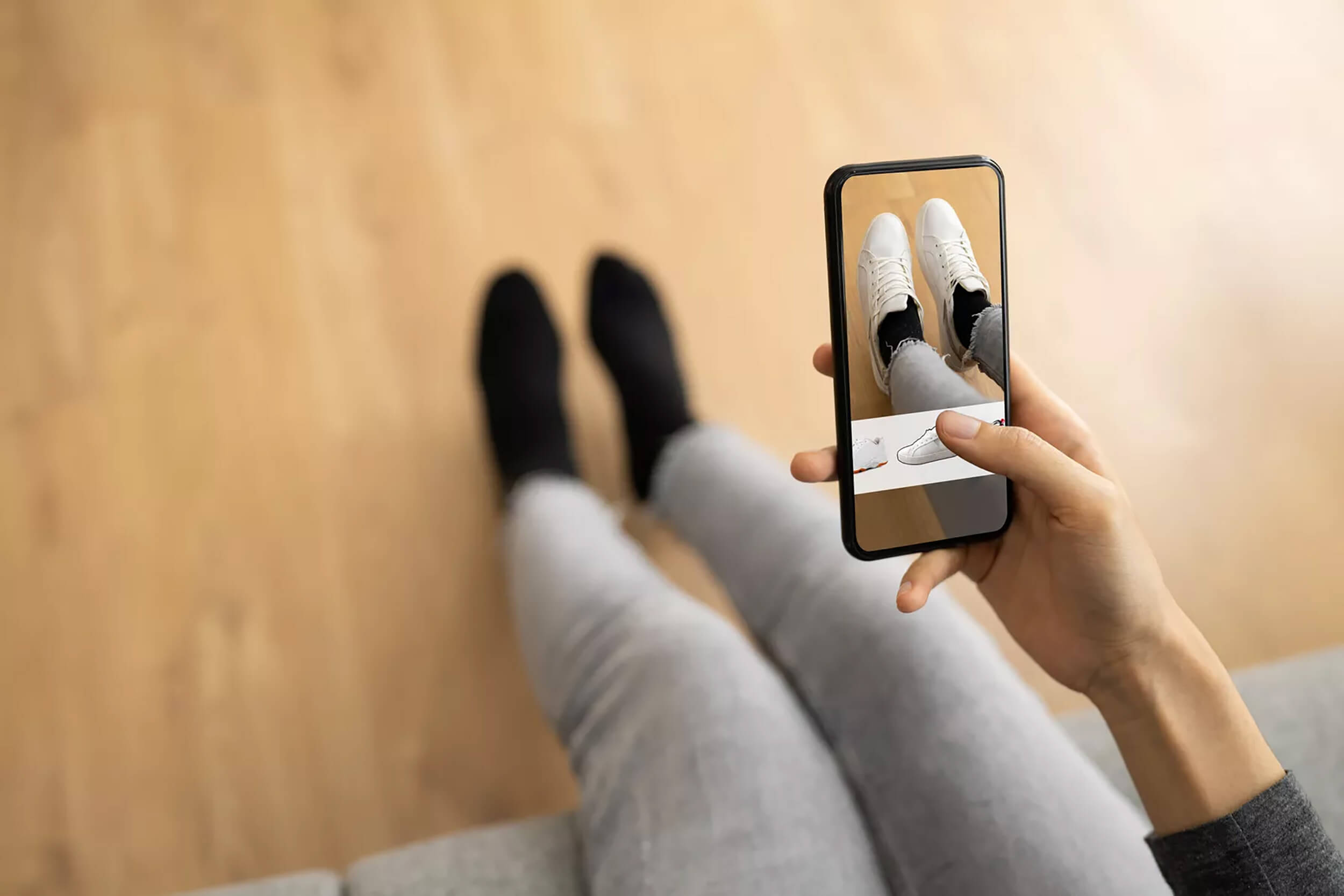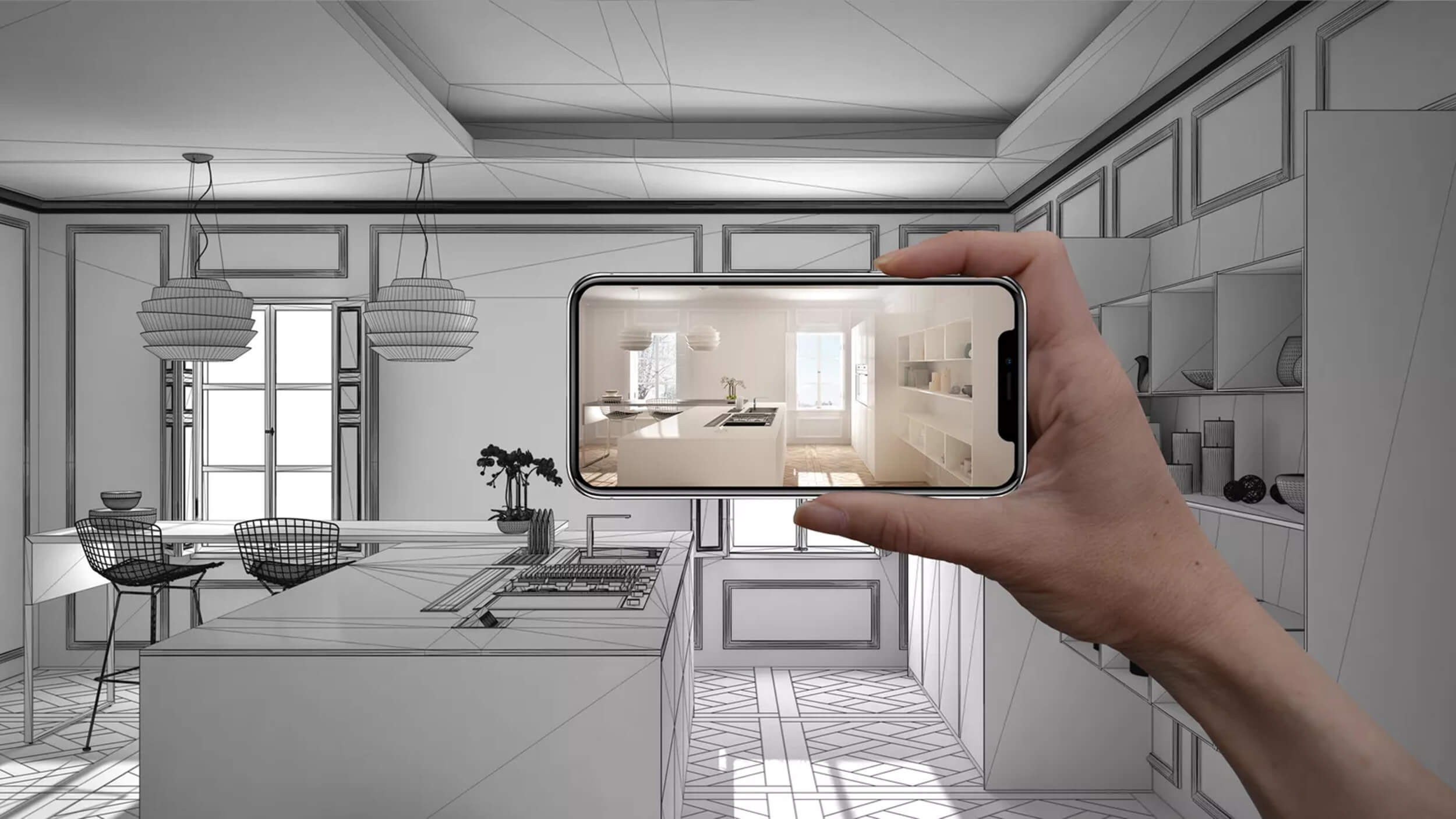You’ve probably heard of Virtual Reality (VR), where a head-mounted display device immerses the user in a visual world. How about Augmented Reality (AR), where the user wears glasses or uses a smartphone that projects images in front of them but enables them to still see real objects around them. Mixed Reality (MR), The merging of real and virtual worlds where physical and digital objects co-exist and can interact?
But there’s a good chance you’ve not heard of Extended Reality (XR)—an umbrella term for all immersive technologies including AR, VR, and MR—that extend the reality we experience by either merging the virtual and “real” worlds or by creating a fully immersive experience.
With multinationals like Pepsi, Microsoft, Samsung, and others already leveraging the technology to create more enriched customer experiences, it’s clear that we are in an immersive future where customer experiences are becoming as important as products. Regardless of which industry you’re in, you can safely expect XR to affect business in the years to come. Most analysts believe this technology is rapidly becoming standard in society, with the global XR market size expected to hit $300 billion by 2024.
Extended reality uses started with entertainment such as video games and social media sharing. While these remain among the more commercially viable uses, the technology is rapidly expanding to many other industries, from architecture and engineering to medicine and education. Retail is now making a sweeping transition to this technology.
Let’s chat
Not sure where to start? Book a free strategy call with us to get started! No strings attached.

Why is Customer Experience Becoming More Important?
“It’s no longer enough to provide exceptional customer care through one channel or another,” says Andrew Kokes, Senior Vice President, Global Head of Marketing, HGS, adding that consumers now expect brands to “anticipate their needs and proactively help them get the right answer fast.”
Consumers are more connected than ever. Anything from directions to a nearby restaurant to help troubleshoot connection issues, people are more apt than ever to start searching using their smartphone or tablet. And with any modern service interaction today, there’s an expectation of readily available digital tools to provide the right answer fast. Exceptional digital experiences consumers have with one brand quickly become the default expectation they apply to every digital experience with every other company they interact with.
To maximize customer value, brands must think customer-centric and strive to make interactions faster, frictionless, and more meaningful for consumers. By leveraging technology to cater to customer needs and smartly integrating people when it adds value to an interaction, brands can take customer experience to the proverbial next level.
Customers can and will leave businesses that do not offer customer experiences that matter. When customers have a positive experience with your organization and feel valued, they’ll not only come back but also refer you to their friends. Today’s consumers are impatient, empowered, and less brand-loyal than ever, and they won’t hesitate to share a bad experience. In fact, a single bad experience is enough to drive customers to your competitors for good.
In a 2021 report, only 60% of consumers answered yes to the question: “Was your interaction with customer care consistent across all channels?” When asked, “Did you share this negative experience with friends, family, and/ or strangers?” the response was 74%. With the majority of consumers continuing to share their negative experiences — 16% shared on social media — it’s imperative that brands get customer care right the first time across all channels.
For these reasons, brands have intensified their focus on offering an excellent customer experience, whether online or offline, regardless of industry or size. With this focused attention on customer experience, some elements that businesses should consider include how people engage with your business, which feelings people tend to take away, and what value your business offers to the customer.
Customers can easily go to any other store, even more so for e-commerce. If your technology or content lags, your customers will leave. Data from analytics can tell you what’s working and what’s not. So can customer comments. Pay attention to the entire buying journey to maintain customer satisfaction – CX is an ongoing process!
Keep up to date
Sign up to our newsletter for exclusive updates and content, delivered directly to your inbox.
How Extended Reality Transforms Customer Experience
Customer expectations are ever-evolving. The internet, mobile devices, and social media have made them smarter, more demanding, and impatient. They want whatever they’re looking for when they want it and through the platforms they prefer. For businesses, this means adapting marketing efforts, customer services, and product development to meet those needs.
Extended reality makes your customer experience strategy more responsive, more practical, more convenient, and can make your brand stand out even in today’s hyper-competitive market. In short, XR is transforming customer experiences.
It’s a New Experience For Most People
Until recently, brands have primarily had two ways to engage customers: in person and over the internet. But now, thanks to Extended Reality, they can add digital experiences to real-world shopping environments. XR is exploding in popularity. People want to try out this technology, so give them the immersive experiences they’re looking for.
Only a small fraction of retailers now use AR and VR or are even equipped to do so. Just 1% of these businesses now use extended reality but 63% have plans for the next couple of years.
By 2024, we’ll see around 1.7 billion mobile users of augmented reality! Nearly all of them will be new users hungry for dynamic experiences. AR offers these individuals a different customer experience than what they’re used to. Businesses that fill this demand will reap the rewards, as customers will more likely shop with the early adopters rather than with the laggards.
Virtual Try-Before-You-Buy Innovated Retail
One of the main advantages of extended reality is that it lets people try products before making purchases, especially for big-ticket items. Whether you’re in a store or shopping from home, you can easily try out clothing, jewelry, artworks, or even furniture and cars. In a sense, augmented reality combines the advantages of both online and offline shopping.
Well over 100,000 stores will soon use this technology to enhance the customer experience. Augmented reality in fashion offers many appealing uses. Shoppers can try on the latest styles to see which ones fit. This results in fewer product returns and more conversions. People who don’t engage with a product before buying often find their purchases disappointing. AR lets buyers experience the product beforehand.
A virtual try-before-you-buy makes shopping highly visual. Customers will happily recall their unique AR shopping experience. In addition to the emotional aspect there’s also an educational component. Augmented reality lets you give customers more in-depth information than what fits on a label. You can add details on the materials or production of an item, or draw attention to related accessories. You can also include more info on your business such as store directions and hours.
Within a store, you can also find creative uses for AR. Games and social media sharing can make shopping more psychologically rewarding while increasing referrals. After all, word-of-mouth marketing is priceless. The augmented reality experience may even go viral which can further drive up sales. Can you create a remarkable experience that makes people want to tell everyone else? Get in touch with RPR and we’ll help make it happen.
Fashion AR

Source: Shutterstock
Augmented reality to try-before-you-buy is an appealing technology that millions of people can instantly relate to. It’s like applying social media filters to your photos, only with real products that you can buy. Fashion companies are taking notice and creating AR experiences to enhance customers’ buying journeys.
Gucci, Calvin Klein, Louis Vuitton, many of the biggest names in fashion are already on board with social media AR filters. Saks Fifth Avenue’s virtual clothes rack, developed by Rock Paper Reality, is an outstanding AR use case.
Immersive fashion experiences extend beyond the fitting room. Brands have had virtual reality fashion shows and augmented reality product launches. These efforts offer cost-efficient and engaging resources for potential buyers to learn about new styles. When someone can customize a product and instantly see what it would look like in person, this increases buyer confidence.
The technology also enables you to gather data on what interests shoppers. AR analytics reveal which products people try, how long people spend on each product, and even which parts of an outfit people focus on, among other data. You can use these insights to refine your marketing strategy, your product development or selection, and other aspects of your business operations.
The fashion industry as a whole is spending billions on virtual shopping experiences. Get in the game while it’s hot!
Shopping Potential
When an individual wants to buy a big-ticket item like furniture or a vehicle, confidence is critical. Augmented reality offers a straightforward method to boost confidence: you can literally see how a particular item would look in your home.

Source: Shutterstock
You can see how a piece of furniture would fit in your living room, complete with photorealistic 3D renderings. This eliminates many concerns, increasing buyers’ confidence. Furniture retailers are registering massive sales growth just from product visualizations alone.
Another application of augmented reality in retail is to aid shoppers in navigating through often confusing shopping centers. You can see store directions along with other info and reviews right over the relevant shops.
AR will also make buying groceries easier. With visually accessible data for ingredients, recipes, nutrition, and store location, customers can find what they’re looking for, fast. The same goes for any other shopping, whether window shopping or the real deal. Just hold your phone up to a product and a world of possibilities instantly opens up.
A More Interactive Way of Customer Support
With more interactive customer support, businesses can render faster resolutions while employees can expect to spend less time per call. This also reduces the need to send out a technician to troubleshoot. AR tools essentially enable workers to act as “virtual technicians” as if they were at the customers’ location in person.
Consider a person who buys an add-on graphics card for their computer. After taking the part home, the customer installs it but the card does not work. Thanks to augmented reality, the tech support agent can show the customer exactly which cable to reconnect, on a smartphone overlay.
This AR technique increases efficiency as measured through key performance indicators. The customer experience is instantly raised as people no longer have to decode complicated or garbled sentences but directly see the necessary information for themselves.
AR/VR Increases Brand Recall
Extended reality technologies make it more likely that people will recall your marketing messages. By incorporating materials like augmented reality videos throughout your branding, customers can learn more about your business, your products, your services.
Remember, part of customer experience is how people feel about your brand. Associating the organization with impressive AR content that adds valuable information will spawn more positive sentiments. The warmth will spread beyond your customers when they share their great experiences with friends and family.
Scientists have found that AR enhances brand recall and recognition. Not only do people recall the brand itself, they also recall more product details. When people have these great experiences, it makes them more likely to engage with your brand via other channels.
Augmented reality is an immersive medium, unlike a billboard or TV ad. When you play with AR you feel like you are part of the team. This creates a bond. For businesses of any size, it’s smarter to relate with your customers than just to show them pictures.
Take Advantage of Extended Reality For Your Business
Customer experience, the way people feel after interacting with your brand, is at the heart of business success. In an increasingly competitive business environment, creating enriched customer experiences is paramount.
Marketers are always looking for new ways to drive engagement with their marketing efforts. If you’ve ever thought there’s got to be a better way than spending countless hours on Twitter, Facebook, and LinkedIn, then you’ll likely find Extended Reality very interesting and appealing.
If you think these immersive technologies are just for games and playing around with, you better think again. Extended Reality immerses people in stimulating environments that go beyond just defining the physical dimensions of a room, but create experiences that surpass the immediate physical presence of their position – so much so, that it feels like they’re truly immersed in a different dimension. This creates brand new experiences that prospects are excited to explore and share.
Use XR to enrich your customers’ experience and create moments that matter. Extend your presence with Rock Paper Reality!
